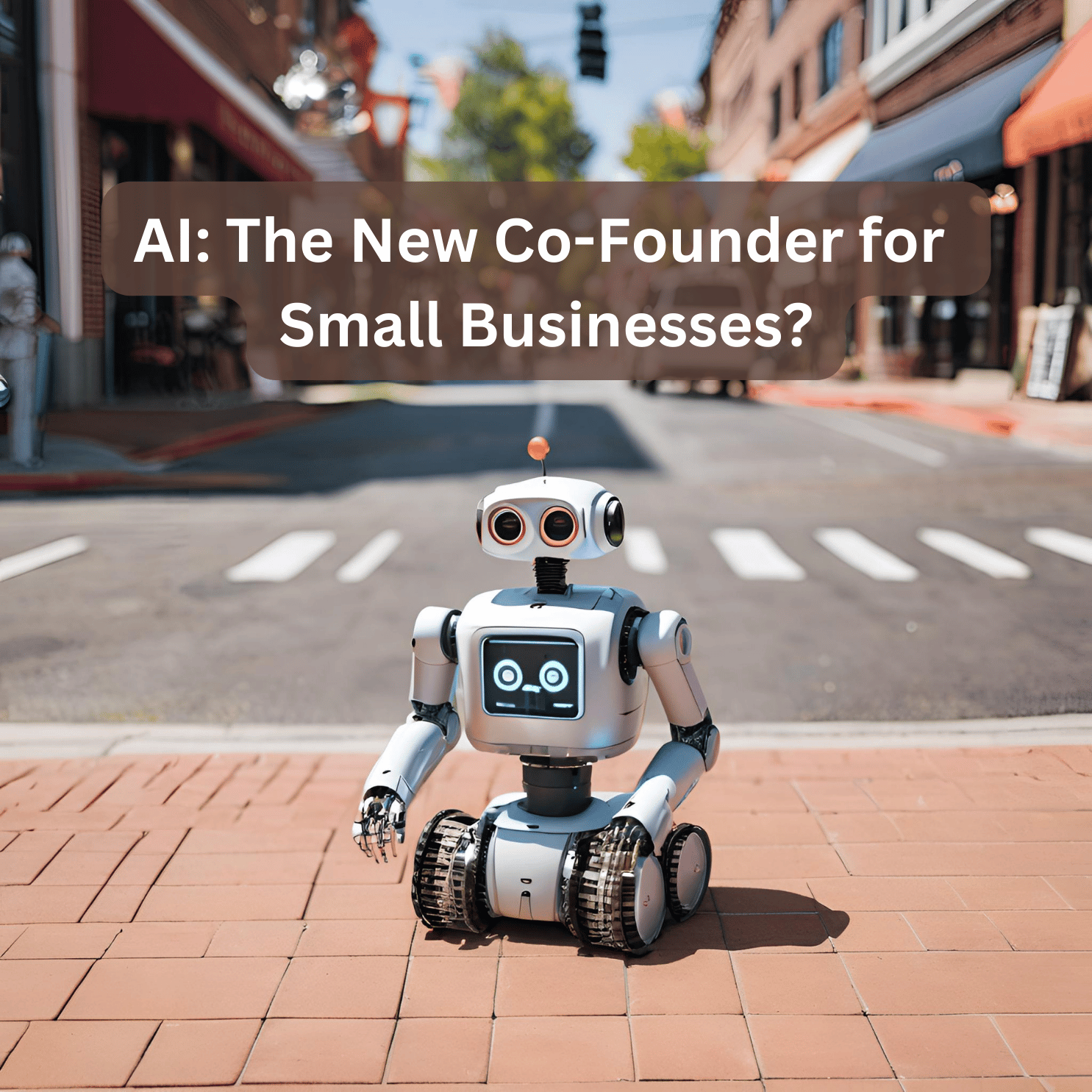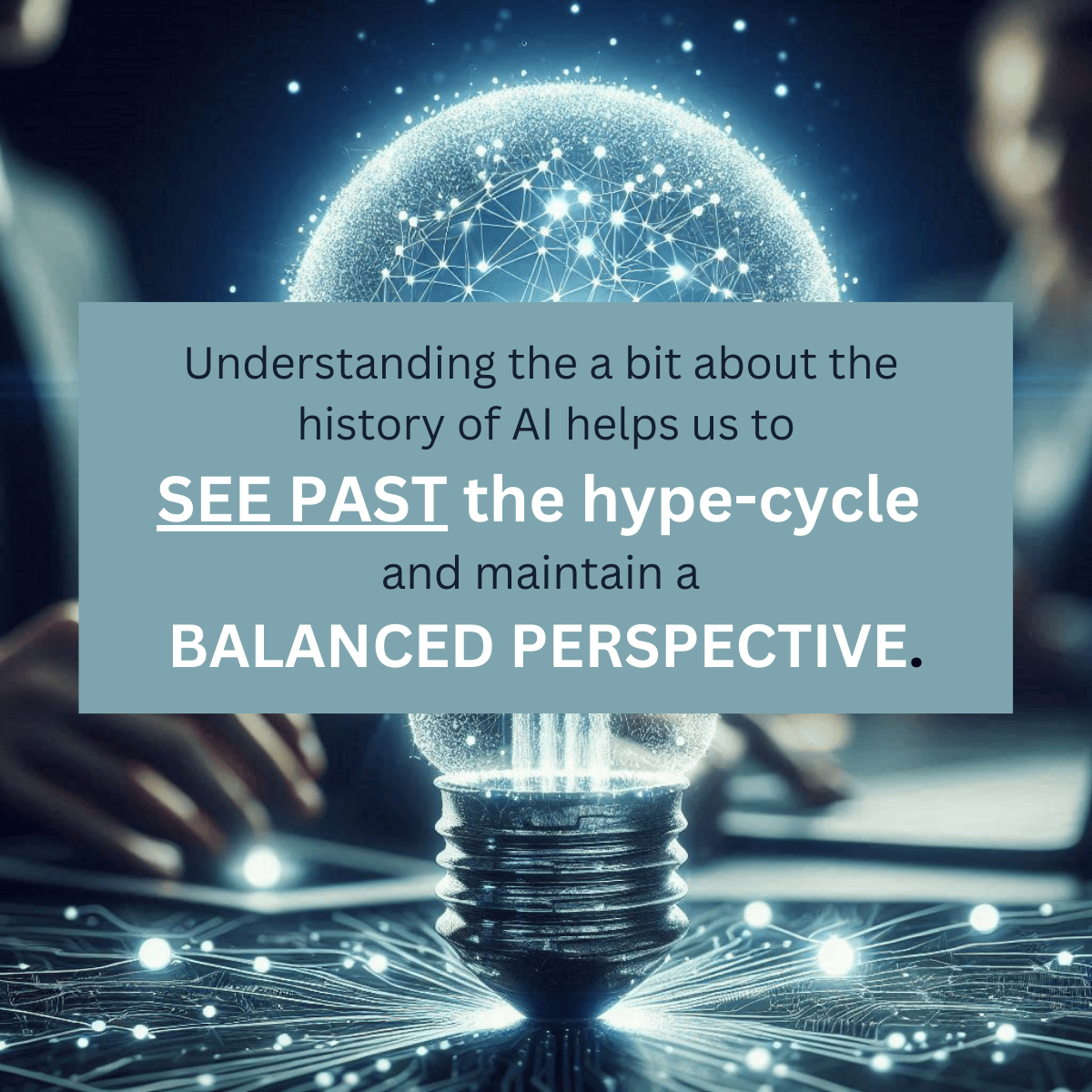AI Insights for Business Leaders: 8/30/2024
In the dynamic landscape of modern business, staying at the forefront of technological innovation is paramount to success. With these AI Insights, I'll do my best to provide you with actionable insights, thought-provoking perspectives, and the latest AI news to help you harness the power of AI and lead your organization into the future. So, let's dive in! 1. The End of Generative AI Hype? A Reality Check for Business Leaders The initial excitement around generative AI may be fading some, but this may actually be a positive development. As the dust settles, a recent article highlights that we're seeing a shift toward more realistic and sustainable AI adoption strategies. Businesses are recognizing that AI is not a magic bullet. Instead, they are recognizing that it can a powerful tool that can be used to augment human capabilities and improve efficiency. This shift towards practical applications of generative AI and responsible AI use is crucial for long-term success. 2. How AI Can Help Start and Grow Small Businesses: Seizing the AI Advantage A recent New York Times story describes how generative AI is democratizing entrepreneurship. Generative AI, in particular, is helping small businesses to compete and thrive in today's fast-paced digital world. By leveraging AI tools for tasks like coding, marketing, and customer service, small businesses can optimize their operations, reach profitability faster, and achieve greater scalability. Leaders should actively explore and experiment with AI solutions to unlock their full potential and stay ahead of the curve. 3. How Artificial Intelligence is Transforming Logistics: Streamlining Your Supply Chain A recent article from MIT called "How artificial intelligence is transforming logistics," it highlights how AI is revolutionizing the logistics and supply chain industry. From optimizing routes and predicting pricing to streamlining complex operations, AI is helping businesses cut costs, improve efficiency, and [...]











